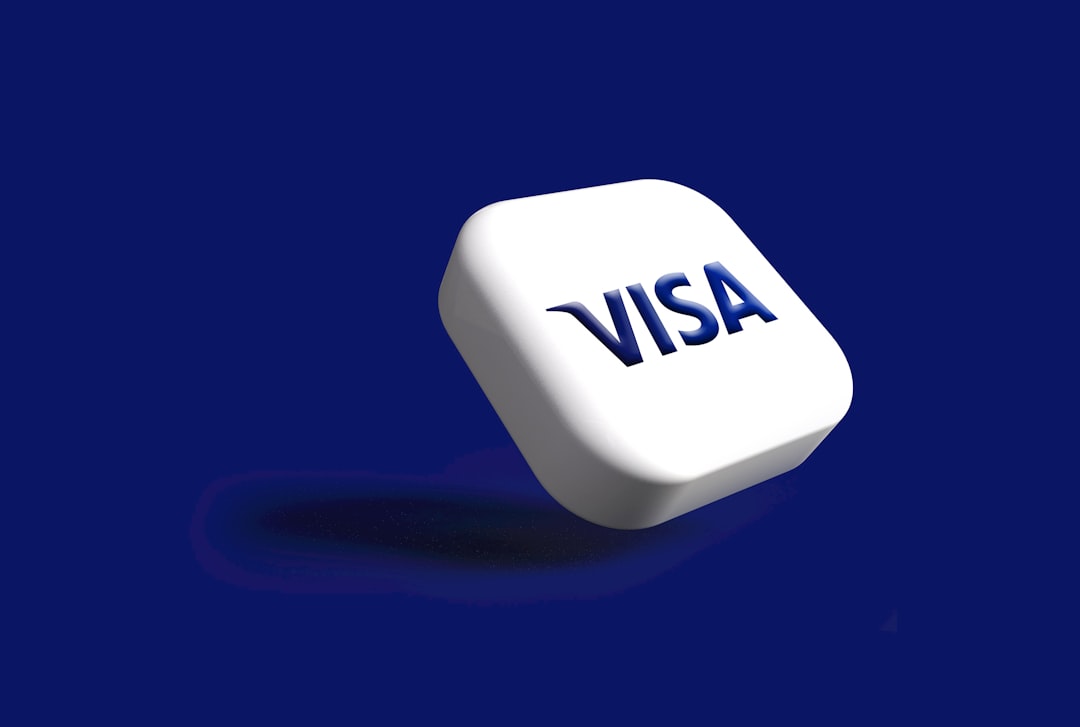Why Panama is a Top Choice for Perpetual Travelers
Panama isn't just a bridge between two continents; it's a bridge to a more liberated lifestyle. Its unique combination of political and economic features makes it exceptionally attractive for the modern digital nomad.
Territorial Tax System: This is the crown jewel. Panama only taxes income generated within its borders. Any income you earn from foreign sources—whether from your US LLC, international clients, or online business—is 100% tax-free in Panama.
No Minimum Stay Requirement: Unlike many countries that require you to spend 183+ days on their soil to maintain residency, Panama has a refreshingly simple rule. To keep your permanent residence active, you only need to visit the country once every two years. This gives you a secure home base without sacrificing your freedom to travel the globe.
Stability and Lifestyle: Panama operates without a central bank or military, fostering a stable and business-friendly environment. It offers a high level of safety for the region, incredible biodiversity, a pleasant climate, and modern, livable cities like Panama City.
The Panama Friendly Nations Visa: Your Path to Residency
The most popular route to residency for citizens of many Western countries is the Friendly Nations Visa. As of recent updates, this is now a two-stage process, leading to permanent residency after two years. To qualify, you must choose one of three economic pathways.
Three Ways to Qualify for the Friendly Nations Visa
Real Estate Investment: Invest a minimum of $200,000 in Panamanian real estate. You can combine multiple properties to reach this threshold, and there are no restrictions on how you use the property.
Fixed-Term Bank Deposit: Place at least $200,000 into a fixed-term deposit at a Panamanian bank for a minimum term of three years.
Local Job Offer: Secure a formal job offer from a Panamanian company. This route also requires obtaining a work permit from the Ministry of Labor before applying for residency.
Important Note: For the investment options, the real estate purchase or bank deposit must be completed before you submit your initial residency application.
A Deep Dive into Panama's Tax System for Residents
Understanding Panama's tax landscape reveals why it's a haven for international entrepreneurs. The principle is simple: if you make your money outside Panama, you don't pay tax in Panama.
Foreign Income: Completely tax-free. This includes salaries, dividends from foreign companies, and capital gains from foreign sources (like stocks or crypto).
Panamanian Companies: A Panamanian corporation also benefits from territorial taxation. It only pays tax on income earned from activities within Panama. You can run your global business through a Panama company and pay 0% corporate tax on its foreign earnings.
Local Income Tax (Individuals): If you do earn income inside Panama (e.g., from a local job or rental property), the rates are reasonable. The first $11,000 is tax-free, income between $11,000 and $50,000 is taxed at 15%, and income above $50,000 is taxed at 25%.
Dividend Tax: Dividends paid from a Panamanian company are subject to a withholding tax—10% on dividends from domestic profits and only 5% on dividends from foreign-sourced profits.
Capital Gains & VAT: Capital gains from foreign sources are tax-free. The local Value Added Tax (VAT) is a low 7%.
Property Tax: Ranges from 0.0% to 1%, and foreigners can even apply for a property tax exemption for up to 20 years on new constructions.
Social Security: Contributions only apply to local wages, not foreign income or dividends.
Step-by-Step: The Permanent Residence Process
Navigating the residency process requires careful planning and the help of a local Panamanian lawyer. Here’s what to expect.
Stage 1: Initial Application and Provisional Residency
Document Preparation: Before you travel, you and your lawyer will gather all necessary documents. This includes your passport, a police clearance certificate with an apostille, and proof of your economic investment ($200,000) or job offer.
First Visit to Panama (1-2 weeks): During this trip, you will meet your lawyer, open a bank account (if needed), visit the immigration office for registration and photos, and have a local doctor issue a health certificate (often a formality).
Provisional Residency: Once your application is submitted, you receive a provisional residency card. Your passport will be stamped with a multiple-entry visa, allowing you to travel while your application is processed. Leaving without this visa incurs a $2,000 fine.
Approval: Within 4-6 months, your initial application is typically approved, granting you a 2-year temporary residency card.
Stage 2: Securing Permanent Residency
Waiting Period: You hold the temporary residency for two years.
Second Application: After two years, you must re-apply, providing updated documents and proof that your economic ties to Panama (your investment or job) are still in place.
Permanent Status: Upon approval of the second application, you are granted Permanent Residency. This requires a final short trip to Panama to pick up your permanent ID card (Cédula).
What are the Costs of Panama Permanent Residency?
While the investment is the largest component, you should also budget for legal and government fees.
Minimum Investment: $200,000 (in real estate or a bank deposit, which you retain).
Government & Immigration Fees: Approximately $2,500 - $3,000 per applicant, covering state fees, deportation bonds, and ID cards.
Legal Fees: Typically range from $2,000 to $5,000 for a reputable law firm to handle the entire two-stage process.
Bank Account Deposit: You'll need an initial deposit of around $5,000 to open a personal bank account, which you can use freely afterward.
Total Estimated Out-of-Pocket Cost (excluding investment): Around $5,000 - $8,000.
A Note on Panamanian Citizenship
While residency is a fantastic tool, a Panamanian passport is more challenging to obtain. Naturalization is possible after 5 years of permanent residency, but the process is lengthy and requires significant physical presence in the country, fluent Spanish, and passing a tough citizenship test. Furthermore, Panama does not generally recognize dual citizenship, requiring you to renounce your original citizenship under oath. For most perpetual travelers, the benefits of permanent residency are more than sufficient.































